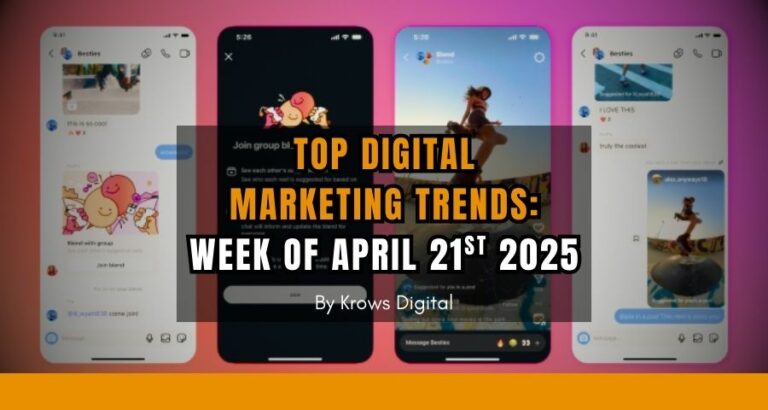In recent years, Japan has witnessed a rapid shift in how its population interacts with the digital world. With over 93% of its citizens using smartphones, businesses are increasingly adopting mobile-first strategies to stay competitive and meet evolving consumer expectations. As mobile devices become the primary touchpoint for online activity, the importance of optimizing websites and campaigns for mobile users has never been greater. This article explores the rise of mobile-first strategies in Japan and why they are essential for enhancing user experience and engagement.

Japan’s Smartphone-Dominated Landscape
Japan’s tech-savvy population has always been at the forefront of mobile technology. The country embraced mobile internet early, with iconic devices like the i-mode flip phones paving the way for today’s smartphone culture. Currently, smartphones are integral to daily life in Japan, from browsing social media and shopping online to consuming news and accessing banking services.
A few statistics underscore the dominance of smartphones in Japan’s digital space:
- Over 93% of the population owns a smartphone, making mobile devices the most common means of internet access.
- Mobile commerce (m-commerce) accounts for a significant share of Japan’s e-commerce market, with consumers favoring mobile apps for purchases.
- Social media usage on mobile continues to rise, with platforms like LINE, Twitter, and Instagram leading the way.
These trends highlight a clear need for businesses to rethink their digital strategies and prioritize mobile-first approaches.

What is a Mobile-First Strategy?
A mobile-first strategy involves designing and developing digital experiences with mobile devices as the primary focus. This approach contrasts with the traditional method of creating desktop versions first and adapting them for smaller screens.
The mobile-first mindset recognizes that most users will access a website or digital service on a smartphone. Therefore, optimizing for smaller screens, touch navigation, and faster load times is crucial to ensure a seamless experience. Key elements of a mobile-first strategy include:
- Responsive design that adapts to various screen sizes.
- Fast-loading pages to reduce bounce rates and improve user satisfaction.
- Intuitive navigation for touch-based interactions.
- Mobile-friendly content with shorter texts and optimized images.
In Japan, where mobile usage dominates, implementing a mobile-first strategy is no longer optional—it’s a business imperative.
Why Mobile-First Strategies Matter in Japan
1. Enhanced User Experience (UX)
User experience is a critical factor in retaining visitors and converting them into customers. Japanese consumers expect fast, seamless, and visually appealing experiences on their mobile devices. Slow-loading pages or difficult-to-navigate sites can lead to frustration and drive users away.
For example, a study by Google found that 53% of mobile users will abandon a site if it takes longer than three seconds to load. In Japan’s highly competitive market, businesses cannot afford to lose potential customers due to poor mobile experiences.
2. SEO and Search Engine Visibility
Google’s mobile-first indexing means that the search engine predominantly uses the mobile version of a website for ranking and indexing. This shift makes mobile optimization a key factor in search engine optimization (SEO).
In Japan, where search engines like Google and Yahoo! Japan dominate, having a mobile-optimized site is essential for staying visible in search results. Companies that fail to prioritize mobile risk losing organic traffic and falling behind competitors.
3. Increased Mobile Commerce (M-Commerce)
Japan’s e-commerce market is thriving, and much of its growth is driven by mobile commerce. Consumers prefer the convenience of shopping on their smartphones, whether it’s purchasing fashion items, ordering food delivery, or booking travel accommodations.
Businesses that optimize their mobile shopping experiences can tap into this growing market. Features such as simplified checkout processes, mobile payment integration, and personalized recommendations enhance user satisfaction and boost sales.
Popular mobile payment solutions like PayPay, LINE Pay, and Rakuten Pay have further fueled the m-commerce boom, making it easier for consumers to complete transactions on the go.

Case Studies: Mobile-First Success Stories in Japan
1. Rakuten – The Power of Mobile Commerce
Rakuten, Japan’s largest e-commerce platform, exemplifies the mobile-first approach. The company has invested heavily in its mobile app, offering a seamless shopping experience with personalized recommendations, loyalty programs, and easy payment options.
As a result, Rakuten’s mobile app accounts for a significant portion of its total sales. By prioritizing mobile, Rakuten has maintained its leadership in Japan’s competitive e-commerce market.
2. LINE – More Than Just a Messaging App
LINE started as a messaging app but has evolved into a multi-functional platform offering news, shopping, banking, and more—all optimized for mobile users. Businesses can create official LINE accounts to engage with customers through targeted messages, promotions, and even mobile payments.
LINE’s success underscores the importance of meeting users where they are—on their smartphones—and offering value beyond simple communication.
3. Uniqlo – Bridging Online and Offline with Mobile
Uniqlo, Japan’s global fashion giant, leverages mobile to connect its online and offline channels. Its mobile app offers exclusive deals, store locators, and personalized style recommendations.
By integrating mobile into its broader omnichannel strategy, Uniqlo enhances the customer journey, driving both online and in-store traffic.
Best Practices for Implementing a Mobile-First Strategy
- Focus on Speed and Performance
Mobile users expect fast-loading pages. Optimize images, reduce unnecessary scripts, and use caching to improve site speed. - Adopt Responsive Design
Ensure your site adapts to different screen sizes and orientations. A responsive design improves usability and reduces bounce rates. - Optimize for Touch Navigation
Design for touch interactions by using large buttons, simple menus, and intuitive gestures. Avoid small links or complicated forms. - Prioritize Mobile SEO
Optimize titles, descriptions, and content for mobile search. Use structured data and ensure your site is easily crawlable by search engines. - Test and Iterate
Regularly test your site on various mobile devices to identify and fix issues. User feedback is invaluable for improving the mobile experience.
The Future of Mobile-First in Japan
The mobile-first trend in Japan shows no signs of slowing down. As technologies like 5G become more widespread, mobile experiences will become faster and more immersive. Businesses that embrace innovation and continue to prioritize mobile will be well-positioned to thrive in the evolving digital landscape.
In addition, emerging technologies such as augmented reality (AR) and voice search offer new opportunities for mobile engagement. Companies that integrate these technologies into their mobile strategies can create unique and memorable experiences for users.
Conclusion
The rise of mobile-first strategies in Japan reflects the broader global shift towards mobile-centric digital experiences. With smartphones as the primary gateway to the internet, businesses must prioritize mobile optimization to stay relevant and competitive.
By focusing on user experience, mobile SEO, and innovative mobile features, companies can enhance engagement, boost conversions, and build lasting relationships with their customers. In Japan’s fast-paced digital landscape, the mobile-first approach is not just a trend—it’s the future of digital success.
Contact us for assistance with your online marketing strategy!




